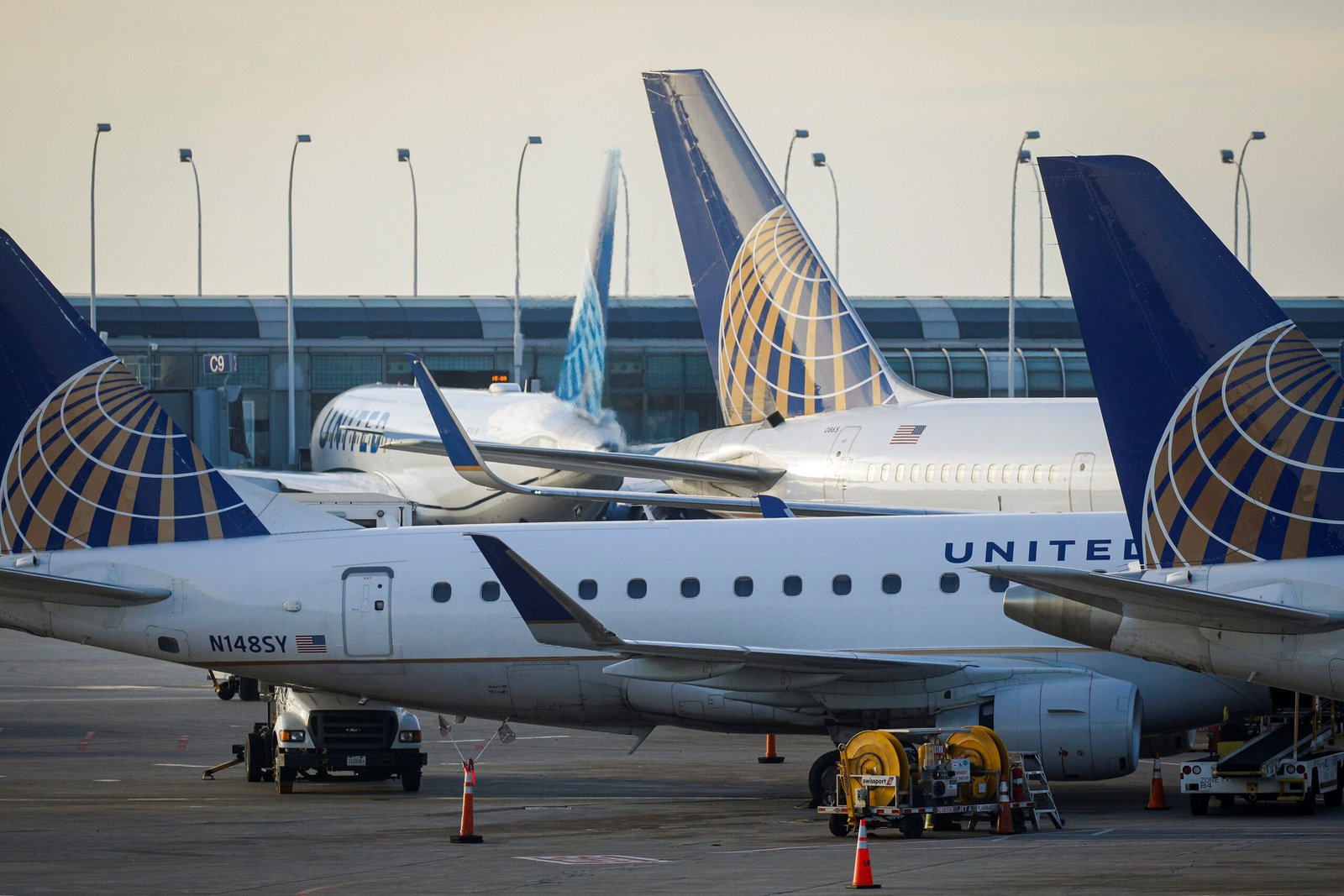The Upcoming Mandate from the US FAA: Ensuring Safety in Charter Airlines and Manufacturers
In a significant move towards enhancing aviation safety, the US Federal Aviation Administration (FAA) is set to introduce a new mandate that will require charter airlines and manufacturers to utilize safety tools. This regulation aims to improve safety practices within the industry and mitigate potential risks.
Implications on Aviation Safety
The introduction of this mandate is expected to have several implications on aviation safety. Firstly, it will ensure that charter airlines and manufacturers implement standardized safety measures across their operations. By utilizing safety tools, these entities will be better equipped to identify potential risks and take appropriate preventive actions.
Furthermore, the mandate will promote a culture of safety within the industry. With the utilization of safety tools becoming a mandatory requirement, it will encourage all stakeholders to prioritize safety and make it an integral part of their operational practices. This will lead to a more robust safety framework, reducing the likelihood of accidents and incidents.
Additionally, the mandate will facilitate the sharing of safety data and best practices among charter airlines and manufacturers. By utilizing common safety tools, these entities will be able to collect and analyze data more efficiently, enabling them to identify trends and patterns that can help improve safety standards. This collaborative approach will foster a culture of continuous improvement, benefitting the entire aviation industry.
Industry Practices and Compliance
The introduction of this mandate will require charter airlines and manufacturers to adapt their industry practices to ensure compliance. Firstly, they will need to invest in the necessary safety tools and technologies to meet the regulatory requirements. This may involve updating their existing systems or acquiring new ones that align with the mandated safety standards.
Furthermore, charter airlines and manufacturers will need to train their personnel on the proper use and implementation of these safety tools. This will ensure that all employees are well-equipped to utilize the tools effectively and maximize their benefits in terms of safety enhancement.
Compliance with the mandate will also require regular audits and inspections to ensure that safety tools are being utilized correctly and consistently. The FAA and other relevant regulatory bodies will play a crucial role in monitoring compliance and enforcing the necessary measures to maintain safety standards.
Benefits and Challenges
The implementation of this mandate brings several benefits to the aviation industry. The foremost benefit is the enhancement of aviation safety, which ultimately protects the lives of passengers and crew members. By utilizing safety tools, charter airlines and manufacturers can proactively identify and address potential risks, reducing the likelihood of accidents and incidents.
Additionally, the mandate will lead to a more standardized approach to safety across the industry. This will help in establishing a level playing field, ensuring that all charter airlines and manufacturers adhere to the same safety standards. This will not only enhance safety but also promote fair competition within the industry.
However, there are also challenges associated with the implementation of this mandate. One of the main challenges is the cost implications for charter airlines and manufacturers. Investing in safety tools and technologies can be a significant financial burden for some entities, especially smaller operators. The industry will need to find ways to address this challenge, such as exploring cost-sharing initiatives or providing financial assistance to those in need.
Another challenge is the need for proper training and education. Charter airlines and manufacturers must ensure that their personnel are adequately trained to utilize the safety tools effectively. This may require additional resources and time for training programs, but it is crucial for the successful implementation of the mandate.
Conclusion
The upcoming mandate from the US FAA requiring charter airlines and manufacturers to utilize safety tools is a significant step towards enhancing aviation safety. By implementing standardized safety measures and promoting a culture of safety, this mandate will contribute to a safer and more efficient aviation industry. While there are challenges associated with compliance, the benefits in terms of improved safety standards and fair competition outweigh the difficulties. The industry must work together to ensure successful implementation and reap the long-term benefits of this regulation.




































